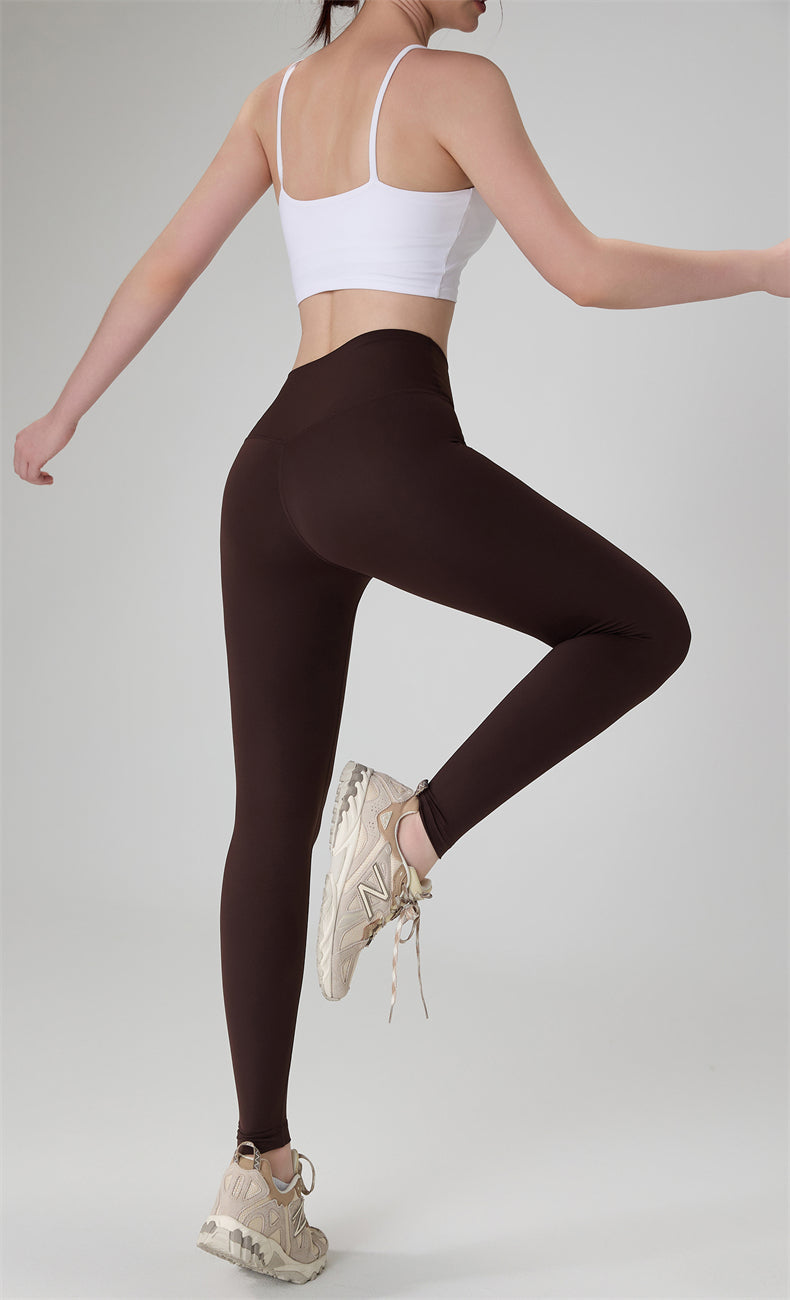The sweat-absorbing experience of using a yoga sports vest

Real-World Experiences: How Yoga Sports Bras Handle Sweat During Practice
When practicing yoga, managing sweat is essential for comfort, focus, and maintaining a hygienic workout environment. The ability of a yoga sports bra to absorb and wick away moisture directly impacts how it feels during dynamic flows, static holds, and rest periods. Below are insights into how different materials and designs influence sweat absorption and overall user experience during yoga sessions.
Immediate Sensation During High-Energy Movements
During fast-paced sequences like sun salutations or power yoga, the body generates significant heat, leading to rapid perspiration. A yoga sports bra with strong sweat-absorbing properties will pull moisture away from the skin quickly, creating a dry sensation even as sweat builds up. Practitioners often notice a difference between bras that feel “clammier” or stick to the skin and those that maintain a light, breathable feel. For example, synthetic blends with moisture-wicking technology tend to distribute sweat evenly across the fabric, preventing localized dampness that can cause chafing or discomfort.
The fit of the bra also plays a role in how sweat is managed. A snug but not restrictive design ensures the fabric stays in contact with the skin, maximizing its ability to absorb moisture. Looser-fitting bras may allow sweat to pool or drip, especially in areas like the underarms or back. During testing, users report that bras with targeted ventilation in high-sweat zones—such as mesh panels under the arms or along the spine—enhance airflow, reducing the feeling of being weighed down by damp fabric.
Another factor is the thickness of the material. Thinner, lightweight fabrics often dry faster but may feel less absorbent initially, while thicker options can hold more moisture without becoming saturated. Practitioners who prefer intense sessions note that bras with a balance of both—such as a double-layer design with a breathable outer layer and a moisture-wicking inner layer—provide the best combination of absorption and quick drying.
Long-Term Comfort During Extended Sessions
For yoga practices lasting 60 minutes or longer, the ability of a sports bra to maintain dryness over time becomes critical. Fabrics that trap moisture can lead to a buildup of bacteria, resulting in odors or skin irritation. Users report that natural fibers like bamboo or merino wool blends offer excellent long-term sweat absorption, as these materials are inherently breathable and resistant to odor retention. However, synthetic options with antimicrobial treatments can also perform well, especially when paired with strategic ventilation.
The placement of seams and stitching affects how sweat is managed during prolonged use. Flatlock seams, which lie flush against the skin, reduce friction and prevent moisture from getting trapped in crevices, minimizing the risk of chafing. Conversely, raised or bulky seams can create hot spots where sweat accumulates, leading to discomfort. During extended holds in poses like plank or warrior, practitioners appreciate bras that stay smooth and dry, allowing them to focus on alignment rather than adjusting their gear.
Layering is another consideration for long sessions. Some users wear a lightweight, moisture-wicking tank top over their sports bra to add an extra barrier against sweat. In these cases, the bra’s ability to absorb moisture without feeling soggy underneath is crucial. A bra that dries quickly between poses or transitions ensures the outer layer stays fresh, enhancing overall comfort.
Post-Practice Experience: How the Bra Handles Residual Moisture
After a yoga session, the way a sports bra retains or releases moisture influences how it feels during cooldown and beyond. Bras that cling to the body or remain damp for an extended period can cause chills or discomfort, especially in cooler environments. Users note that fabrics with a high loft or textured surface—such as waffle knits or ribbed designs—tend to release moisture more efficiently, allowing the bra to air out faster.
The ease of cleaning also ties into sweat management. Bras that absorb sweat effectively but are difficult to launder may develop stubborn odors over time. Practitioners recommend looking for materials that resist staining and are machine-washable without losing their shape or moisture-wicking properties. Some users air-dry their bras immediately after washing to prevent mildew, while others prefer quick-drying fabrics that reduce the need for prolonged drying times.
Finally, the overall durability of the bra’s sweat-absorbing features matters. After multiple washes, some materials lose their ability to wick moisture effectively, leading to a decline in performance. Users who practice yoga frequently emphasize the importance of choosing bras with reinforced fibers or treatments that maintain their functionality over time, ensuring consistent comfort and hygiene.
By considering how a yoga sports bra performs during high-energy movements, long sessions, and post-practice recovery, practitioners can select a style that keeps them dry, comfortable, and focused. Each aspect—from immediate moisture absorption to long-term durability—contributes to a positive user experience, making sweat management a key factor in choosing the right gear for yoga.



Leave a comment
All comments are moderated before being published.